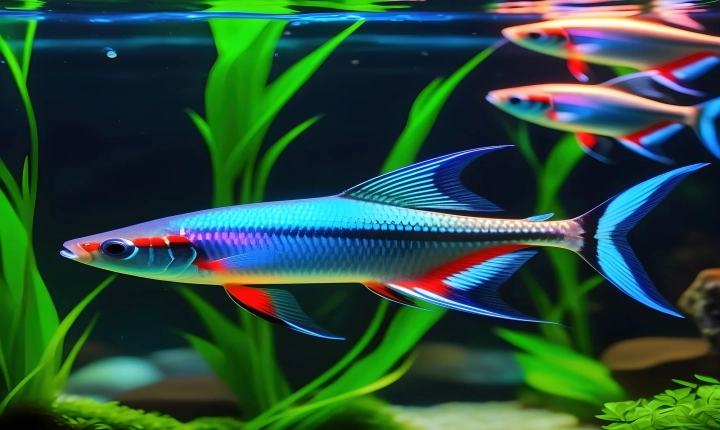Is a TIF and AI File the Same Thing?
In the world of digital design and image processing, there are numerous file formats that serve different purposes and have their own unique characteristics. Two commonly used file formats in this realm are TIF (Tagged Image File) and AI (Adobe Illustrator) files. While they might seem similar on the surface, these file formats actually serve distinct purposes and have different uses in the realm of digital design.
TIF, or Tagged Image File, is a widely used file format for storing raster graphics images. It supports multiple layers, transparency, and various color depths, making it suitable for high-quality printing and commercial artwork. TIF files are commonly used for storing photographs, scanned images, and digital artwork, as they can retain high image quality and are suitable for print production.
On the other hand, AI, or Adobe Illustrator, is a vector graphics file format that is primarily used for creating graphic designs, logos, and illustrations. AI files are created and edited using Adobe Illustrator, a popular software program used by designers and artists. Unlike TIF files, AI files are based on mathematical equations rather than pixel-based images, allowing for scalability without loss of quality. This makes AI files ideal for creating designs that may need to be scaled to different sizes, such as logos, diagrams, and vector illustrations.
So, are TIF and AI files the same thing? The simple answer is no. While both file formats are used for storing digital images, TIF files are primarily used for raster graphics, such as photographs and scanned images, while AI files are used for creating and editing vector graphics, such as logos and illustrations.
It’s important to understand the differences between these file formats, as using the wrong format for a particular task can result in loss of image quality, scalability issues, or compatibility problems. Designers and artists must choose the appropriate file format based on the specific needs of their project, whether it involves creating digital artwork, preparing images for print, or designing scalable graphics.
In conclusion, TIF and AI files are not the same thing and serve different purposes in the digital design realm. Each file format has its own unique features and characteristics that make it suitable for specific types of digital images and designs. By understanding the differences between these file formats, designers and artists can make informed decisions about which format to use based on the requirements of their projects.
